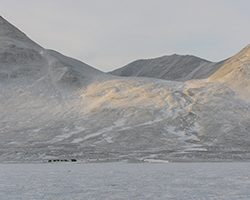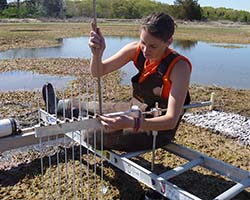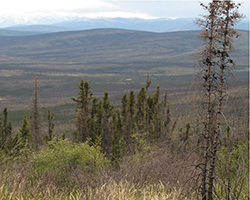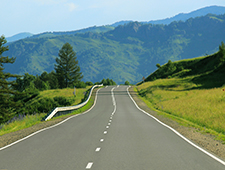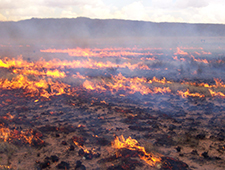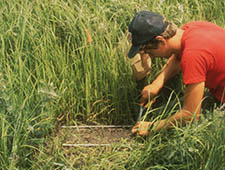LTER News from the NCO | 2017 Summer

July 15, 2017 Governance Update The LTER Science Council and Executive Board met at Hubbard Brook, May 16-19, where they welcomed representatives of three new LTER sites, discussed some great science, and made a few key decisions: LTER bylaws have been revised to refer to the Network Communications Office (NCO), rather than the LTER Network Office (LNO) and to clarify the relationships among the LTER Executive Board, the Science Council, the Network Communications Office, and the Environmental Data… Read more »



